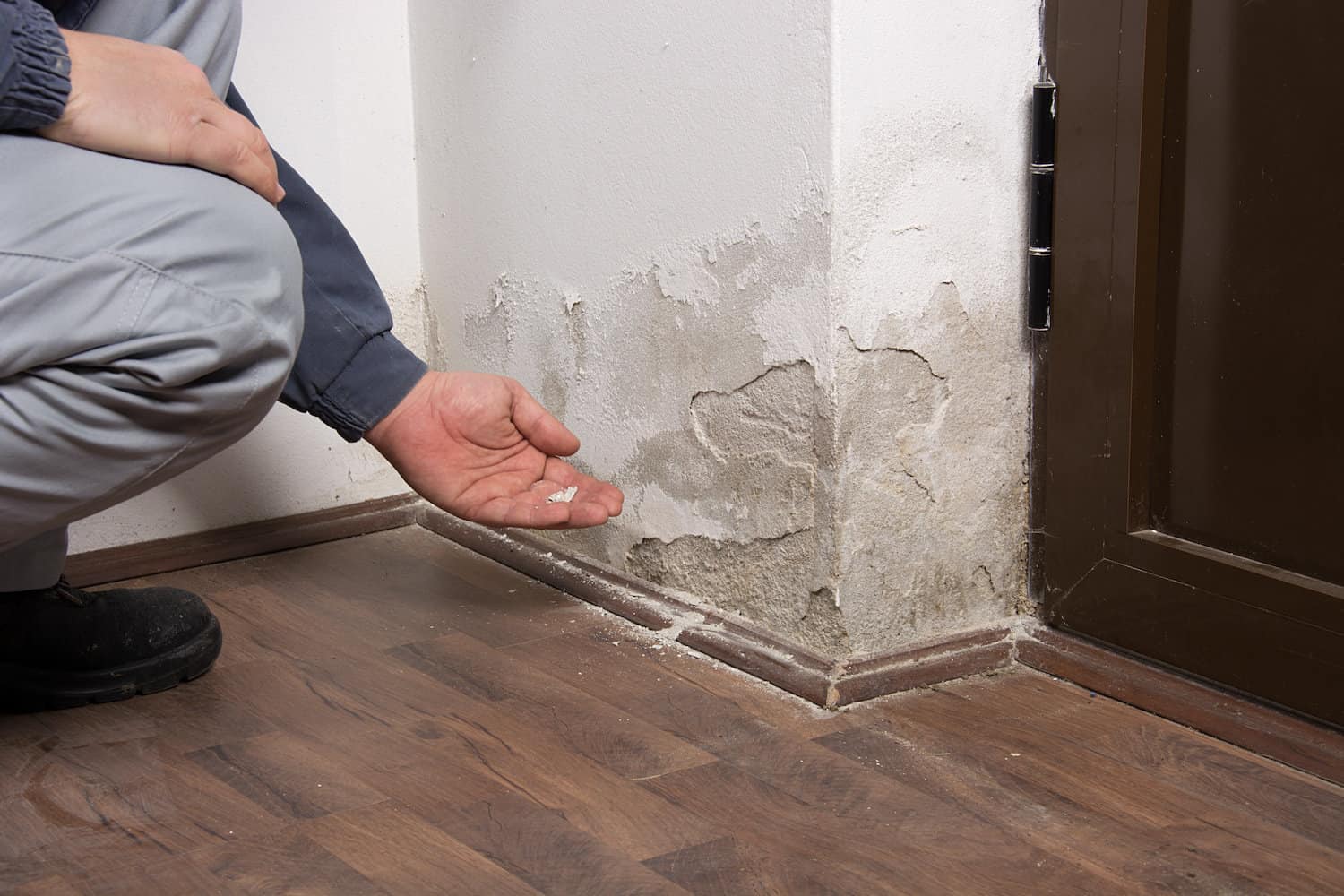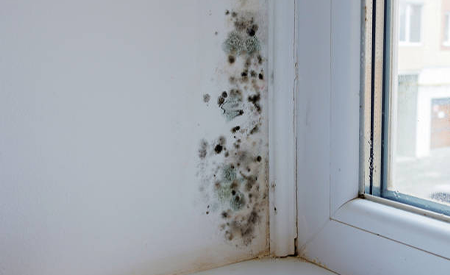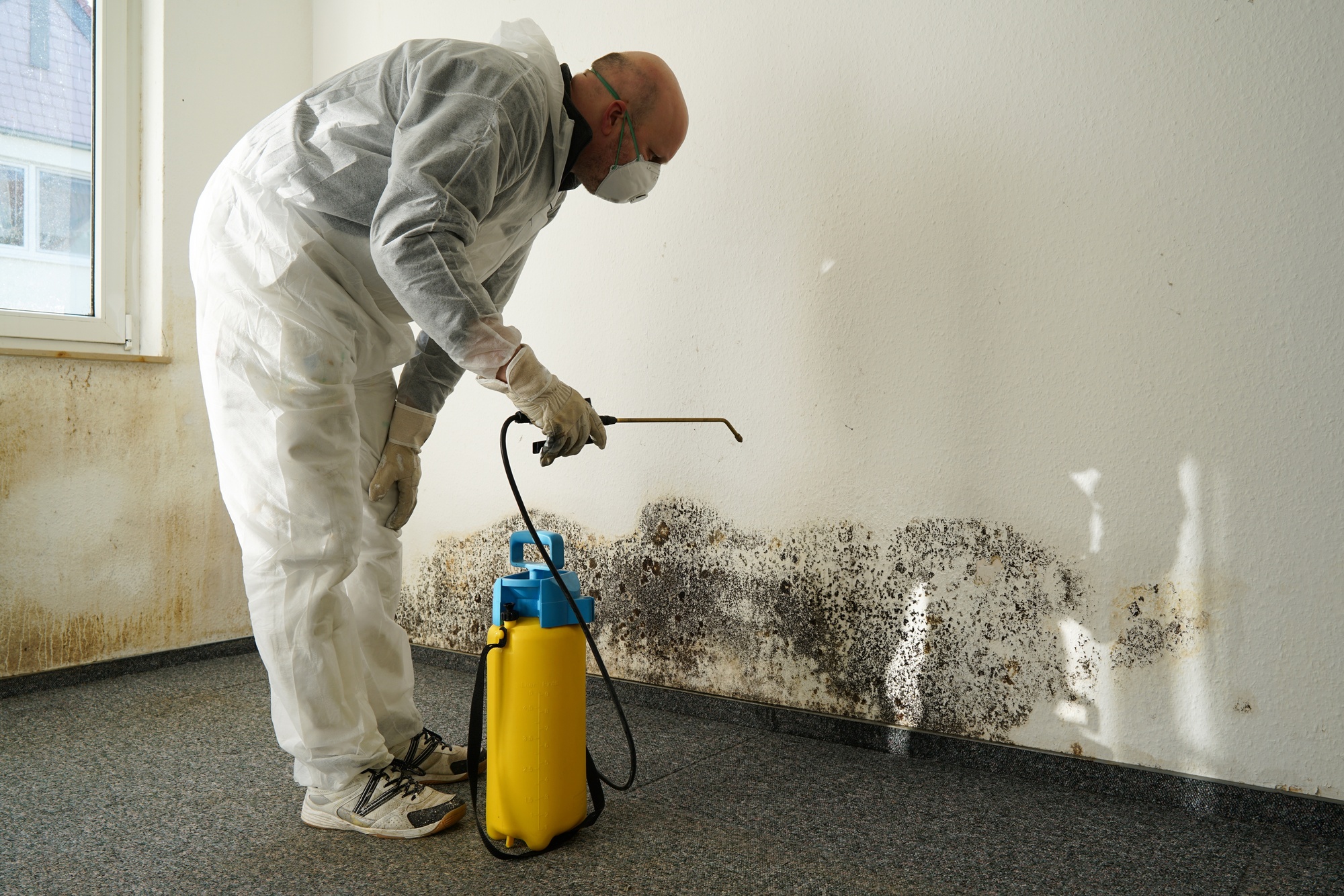Trusted Water Damage Repair Services for Residential and Commercial Properties
Trusted Water Damage Repair Services for Residential and Commercial Properties
Blog Article
The Process of Water Damage Cleanup: Guaranteeing Your Home Is Recovered Properly
Water damage can be a challenging challenge for home owners, demanding a careful and organized cleanup procedure to bring back safety and functionality. A detailed evaluation is crucial to recognize the degree of the damage and establish the suitable removal procedures. Following this, effective water removal methods play a pivotal role in mitigating more damage. Nonetheless, the subtleties of drying, sanitizing, and eventual reconstruction are equally necessary and commonly overlooked. Comprehending these stages can make a considerable distinction in the end result of your home's remediation, triggering a closer take a look at what each action entails.
Evaluating the Damage
Upon discovering water damages, the initial step is to completely assess the extent of the impact. This first examination is vital, as it assists establish the required steps for efficient cleaning and reconstruction. Begin by examining the influenced areas, including wall surfaces, ceilings, floorings, and personal belongings, to recognize the source of the water invasion, whether from flooding, leaks, or condensation.
Documenting the damage is necessary for both insurance policy claims and preparing remediation initiatives - damage restoration services. Usage photos and composed notes to record the extent of the damages, keeping in mind any kind of afflicted architectural components and products. Pay unique interest to locations that might not be immediately noticeable, such as behind wall surfaces and under carpets, as concealed moisture can lead to further complications, consisting of mold development
Additionally, examine the timeline of the water direct exposure. Inevitably, a detailed analysis lays the foundation for an effective water damage cleanup procedure, making certain that all affected areas are resolved efficiently and extensively.
Water Removal Strategies

Experts typically use completely submersible pumps for larger volumes of water, which can promptly ease flooding in basements or various other affected areas. For smaller amounts, wet/dry vacuums are commonly utilized to remove recurring wetness from carpetings and difficult surface areas. In addition, making use of mobile extractors enables for targeted elimination in constrained spaces or locations with delicate materials.
In instances of infected water, such as sewage or floodwater, advanced extraction techniques may entail making use of biohazard devices to guarantee safety and security and compliance with health and wellness guidelines. High-powered extraction devices are important in minimizing water retention in architectural products, which can lead to mold development and structural degeneration if not resolved immediately.
Inevitably, the efficiency of water extraction methods plays a crucial function in the general success of the water damage cleaning process, laying the foundation for succeeding remediation efforts.
Drying and Dehumidification
As soon as standing water has been successfully extracted, the next critical phase in the water damages cleanup process is drying out and dehumidification. This action is important to protect against more damage and mold development, which can take place within 24 to 48 hours in wet water removal atmospheres.
To accomplish efficient drying out, specialized equipment such as industrial-grade air movers and dehumidifiers is used. Air movers flow air throughout damp surfaces, enhancing dissipation prices, while dehumidifiers lower humidity levels in the air, advertising a conducive atmosphere for drying. The combination of these tools makes certain that wetness is extracted from home furnishings, floorings, and walls, permitting them to dry completely.
It is essential to keep an eye on the drying process very closely. Professionals typically make use of wetness meters to analyze the moisture content in different materials, making sure that all impacted areas reach acceptable dry skin degrees. This thorough technique aids to stop covert dampness pockets that could lead to architectural damage or unhealthy mold development.

Cleaning and Sterilizing
After the drying out and dehumidification phase is total, the following essential action in water damages cleanup is cleaning up and sterilizing the influenced locations. This procedure is important to avoid the development of mold and mildew, bacteria, and various other virus that prosper in damp settings.
The cleaning phase usually involves removing any kind of particles, dirt, and contaminants from surface areas making use of specialized cleansing agents. For tough surfaces, a combination of soap and water or commercial cleansing products is commonly utilized. Soft products, such as furniture and carpetings, may need more considerable cleaning techniques, including vapor cleaning or deep extraction strategies, to ensure comprehensive hygiene.

Sterilizing adheres to cleaning, making use of EPA-approved disinfectants to get rid of hazardous microbes. This step is necessary, specifically in locations that might have entered into contact with floodwaters or sewage, as these sources can position severe wellness threats.
Furthermore, it is important to deal with any kind of remaining odors, which may call for the use of odor neutralizers or innovative strategies like ozone therapy. Proper cleaning and disinfecting not just recover the security and hygiene of your home however additionally lay the foundation for effective repair and repair services in succeeding phases of the water damages cleaning process.
Remediation and Repair Work

As soon as the assessment is complete, reconstruction efforts can start. In addition, floor covering might call for comparable interest, depending on the degree of water exposure.
It is important to engage seasoned reconstruction specialists throughout this procedure, as they have the proficiency to take care of complex fixings effectively. Furthermore, they can help alleviate possible future problems, such as mold and mildew growth or architectural instability, thus making certain a secure and habitable living setting. Inevitably, effective restoration and repairs recover the home's stability and enhance its overall worth.
Verdict
To conclude, the procedure of water damage cleanup is essential for recovering a home to its pre-damage condition. Each phase, from examining the damages to applying reliable water extraction methods, followed by detailed drying, disinfecting, and essential fixings, plays a crucial role in guaranteeing safety and important link security and conformity with structure criteria. Efficient implementation of these steps not just minimizes instant damages but likewise improves the long-term integrity and value of the property.
Water damage can be a complicated obstacle for property owners, requiring a thorough and organized clean-up process to bring back security and capability. Inevitably, a thorough evaluation lays the foundation for a successful water damages cleaning procedure, ensuring that all impacted locations are resolved successfully and extensively.
Efficient water removal methods are vital in mitigating damage and protecting against more issues following a water invasion event.In final thought, the procedure of water damages cleaning is critical for recovering a home to its pre-damage condition. Each stage, from examining the damages to implementing efficient water removal methods, followed by extensive drying out, sanitizing, and essential repairs, plays an essential function in guaranteeing security and compliance with structure criteria.
Report this page